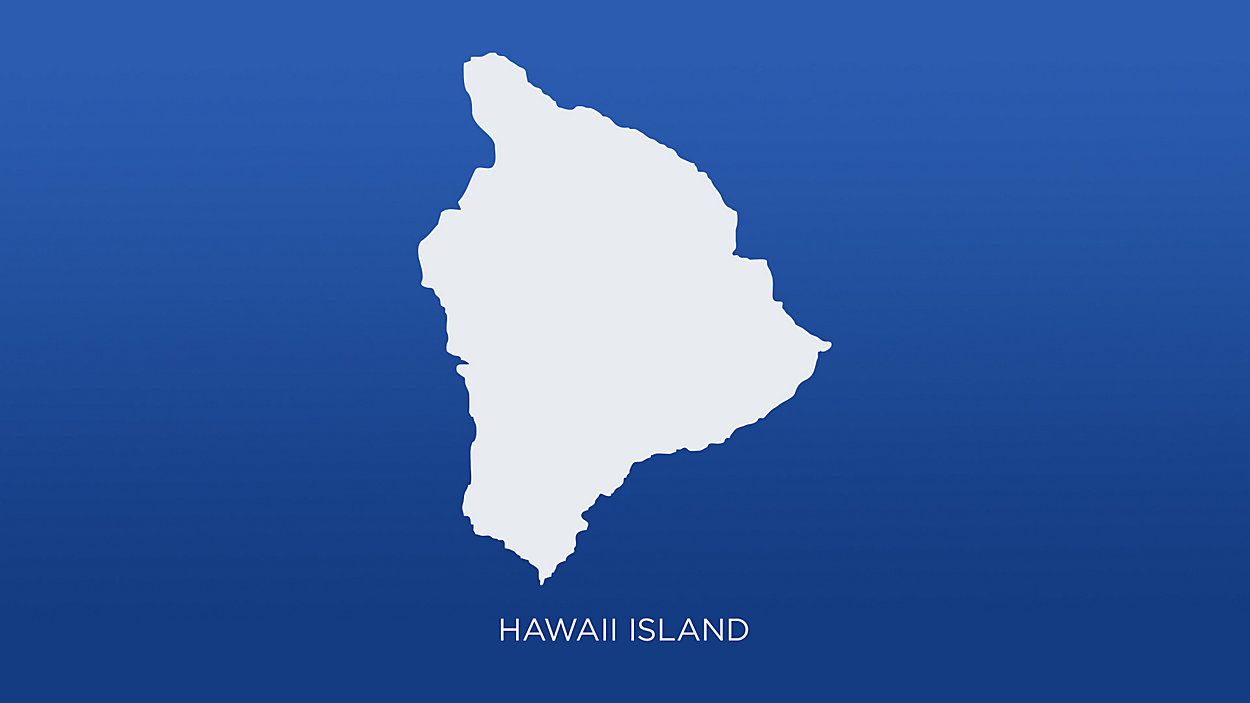Statewide emergency management agencies remind residents and visitors that April is Tsunami Awareness Month, providing an opportunity to prepare, protect properties and plan for the safety of loved ones if a tsunami should reach the Hawaiian Islands.
April was designated Tsunami Awareness Month to remember the April 1, 1946, tsunami triggered by a powerful earthquake off the Aleutian Islands of Alaska. The tsunami reached the Hawaiian Islands in just 4.5 hours claiming 159 lives — in Hilo alone, 96 people died — injured 163 people, demolished 488 buildings and damaged 936 others. Waves from the tsunami reached heights of 33 to 54 feet across the state, causing over $340 million in damages.
The Pacific Tsunami Center was founded three years later and is one of two regional warning centers for the U.S. It also provides tsunami notifications and warnings to over 25 other countries.
“A tsunami can occur suddenly, often with minimal warning. Therefore, it’s crucial to stay informed and take necessary precautions for your safety,” said Kauai Emergency Management Agency Administrator Elton Ushio in a release. “Everyone should know Kauai’s tsunami evacuation zones in relation to where they live, work or spend time. Identifying the quickest route or routes to higher ground ahead of time is also important. Check Kauai’s tsunami evacuation zones and prepare a plan for potential evacuations.”
Kauai residents can find maps of tsunami evacuation zones and preparedness information on the county website. Sign up for the county’s emergency notification service, Wireless Emergency Notification System, and click on “WENS.” Or call KEMA at 808-241-1900.
Updated this year, the Hawaii Tsunami Preparedness Video is available on the Hawaii Sea Grant YouTube channel and explains the science of tsunami; local, distant and extreme tsunami and evacuation zones; tsunami alerts through the county emergency notification apps and the Statewide Emergency Alert System; and family preparedness.
“Although tsunami can occur at any time, it is crucial for everyone to be prepared. There is no ‘tsunami season,’” stated Maui Emergency Management Agency Administrator Amos Lonokailua-Hewett in a county release. “We encourage residents to understand evacuation zones, stay informed and have an emergency plan in place to ensure their safety and the safety of their families.”
MEMA encourages Maui residents to prepare for a potential tsunami:
- Understand tsunami evacuation zones and plan evacuation routes for homes, businesses and schools. The Hawai‘i Evacuation Map on the Tsunami Aware website is a valuable tool for determining if an area is located in a tsunami evacuation zone.
- Sign up to receive MEMA Alerts, real-time weather warnings and emergency notifications.
- View the Hawaii Tsunami Preparedness Video for more information on how to protect you and your family.
MEMA advises residents to tune into local radio, news platforms, TV stations and credible social media pages for emergency updates if you hear the state’s All-Hazard Siren.
On Monday, MEMA Administrator Lonokailua-Hewett announced the county’s new evacuation notification platform, Genasys Protect, a mobile app available to the public.
Residents are invited to attend the Emergency Preparedness Expo, 10 a.m. to 2 p.m. April 12 at Queen Kaahumanu Center for essential resources for disaster preparedness.
Visit tsunami.gov or MEMA’s webpage for more information on tsunami preparedness.
The County of Hawaii Civil Defense Agency highlights the risks of tsunami generated by local earthquakes. With a distant tsunami, residents can receive a warning hours in advance. With a locally generated earthquake, tsunami can occur before any warning can be issued.
“This November marks the 50th anniversary of the 1975 Kalapana earthquake, which generated a tsunami that tragically took the lives of two people,” said Mayor Kimo Alameda in a county release. “A locally generated tsunami can occur with little notice, and we encourage residents to familiarize themselves with the warning signs and know their evacuation routes wherever they live, work and play.”
Hawaii County urges residents to be aware of key indicators that indicate a tsunami is imminent and move to higher ground:
- Feel - If the ground shakes so strongly you have difficulty standing, of if you feel any shaking that lasts over 20 seconds, a tsunami may follow.
- Listen - Tsunami often roars or makes a sound like a freight train as they approach.
- Look - If the ocean does anything strange — an unusual rise or fall of sea level lasting several minutes — expect a big wave and immediately head to higher ground.
“Earthquakes are damaging and frightening,” said Civil Defense Administrator Talmadge Magno. “That’s why having a clear, practiced plan is vital when you are at the ocean, as you may need to move to higher ground immediately. Please visit our Civil Defense website for more information on tsunamis, including tsunami evacuation maps.”
Tsunami Resources include tsunami evacuation maps and a tsunami preparedness video.










